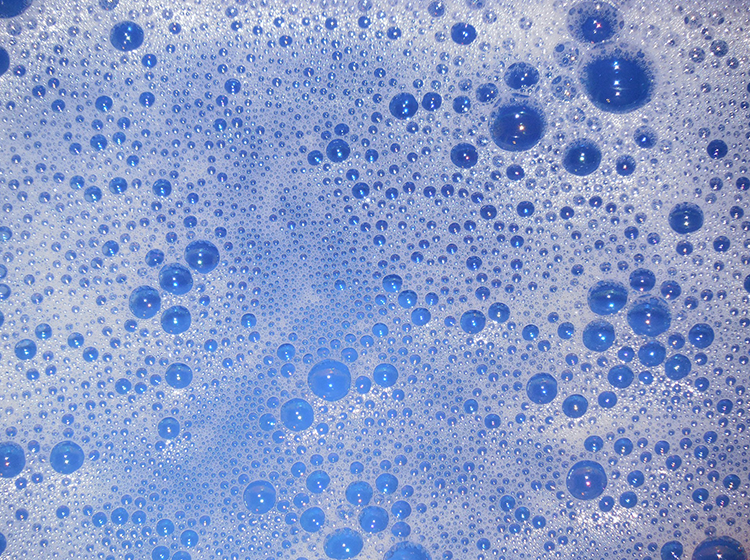
On September 2, 2016 the Food and Drug Administration (FDA) issued a final ruling that bans 19 active ingredients in hand or body washes. One of the active ingredients affected by this ruling is triclosan, the most widely-used active ingredient in over-the-counter (OTC) consumer antiseptic washes.
So, what does this ruling mean for you? Since this ban affects soaps that you may use at home, in school and other public settings, it’s important to understand what triclosan is and why this ruling took place.
What is triclosan?
Triclosan is an ingredient added to many consumer products like antibacterial soaps, body washes, toothpastes and some cosmetics in order to reduce or prevent bacterial contamination.
Is triclosan safe?
Unfortunately, how triclosan affects human health is not yet known. While there are several ongoing studies that involve the safety of triclosan, there is not enough scientific data to make any claims at this time.
How do I know if triclosan is in a product?
If a soap, body wash or any other product contains triclosan, it should be listed as an ingredient on the label. If you have any questions or concerns about a product you use, call the number listed on the product.

What other chemicals were banned?
In addition to the triclosan ruling, these other chemicals we also banned:
- Cloflucarban
- Fluorosalan
- Hexachlorophene
- Hexylresorcinol
- Iodine complex (ammonium ether sulfate and polyoxyethylene sorbitan monolaurate)
- Iodine complex (phosphate ester of alkylaryloxy polyethylene glycol)
- Nonylphenoxypoly (ethyleneoxy) ethanoliodine
- Poloxamer-iodine complex
- Povidone-iodine 5 to 10 percent
- Undecoylium chloride iodine complex
- Methylbenzethonium chloride
- Phenol (greater than 1.5 percent)
- Phenol (less than 1.5 percent) 16
- Secondary amyltricresols
- Sodium oxychlorosene
- Tribromsalan
- Triclocarban
- Triple dye
This rule goes into effect on September 6, 2017 giving companies a year to remove these ingredients from their products or discontinue the product line within the market. Some states are adopting this ruling early, such as Minnesota that put the ban into effect on January 1, 2017.
This ruling does not affect antibacterial soaps used by healthcare professionals, food industry professionals or consumer antiseptic rubs (i.e. hand sanitizers).
As a part of our innovative hand hygiene platforms, all Betco® skin care solutions comply with this new rule and are triclosan-free.
If you have any questions or want to learn more, please click here.
If you have any questions, please visit www.betco.com, call (888) GO-BETCO or please contact us at welisten@betco.com.